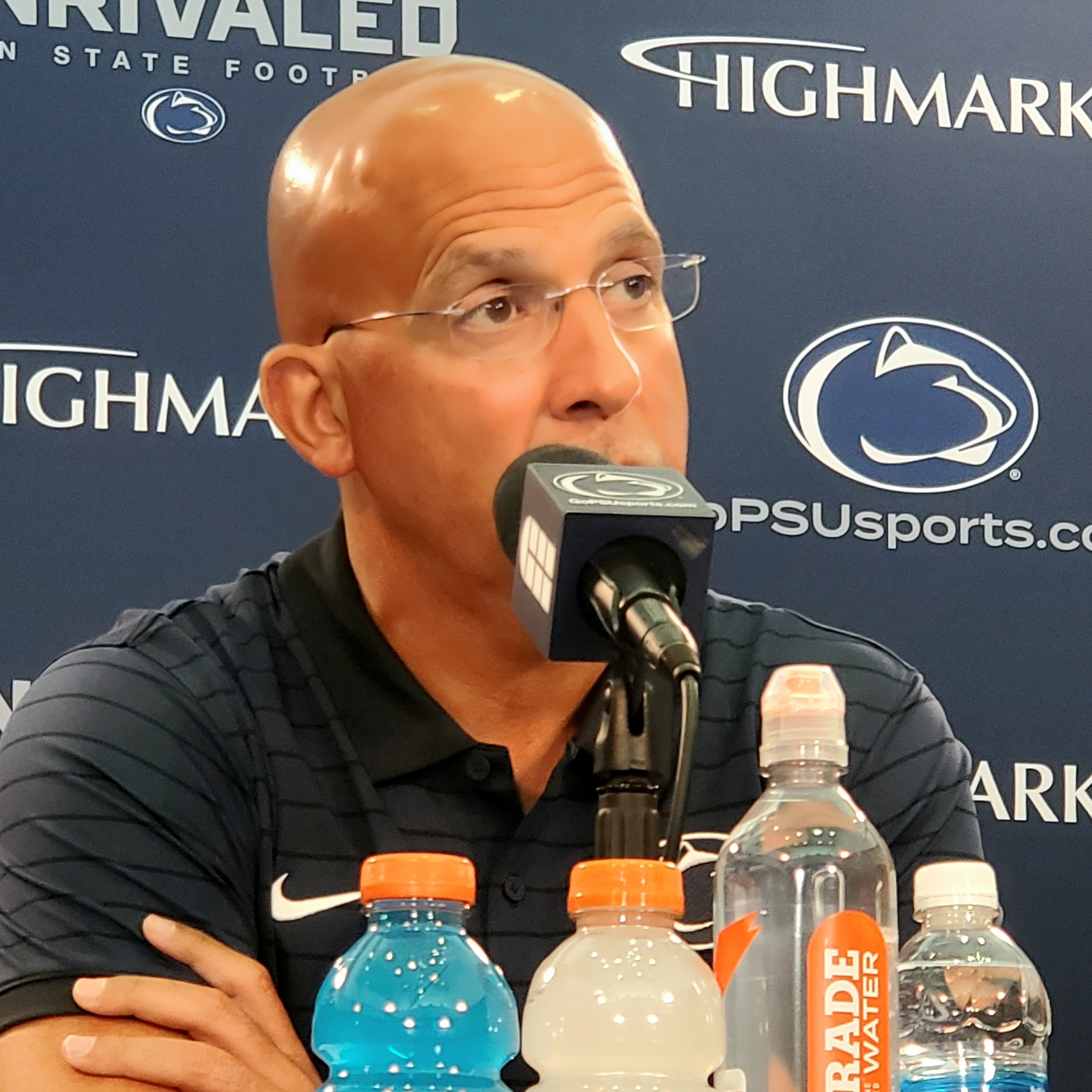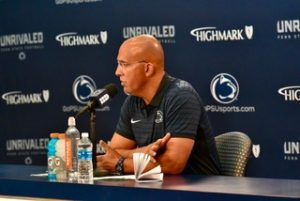James Franklin’s contract fallout Behind PSU’s numbers

By: Greg Maresca
Penn State’s decision to fire head coach James Franklin came the day after a disappointing 22–21 home loss to Northwestern, which extended their losing streak to three games that included defeats to winless UCLA and No. 5 Oregon. The move initially appeared to carry a steep financial burden, with Franklin’s buyout estimated at nearly $56 million.

Receiving such an extraordinary payout for being fired ranks among the largest in college sports history, an eye-popping and obscene financial windfall akin to scoring a game-winning touchdown in overtime of a Shakespearean tragedy.
As the extended details emerged of the massive buyout, the numbers changed as quickly as a Vegas one-armed bandit. According to On3, a sports media and technology company that follows college sports, Franklin’s compensation package totals approximately $48 million through the 2031 season, including a $500,000 base salary, $6.5 million in annual bonuses, and $1 million in life insurance coverage. With the remainder owed for the current year, the total could reach $50 million.
There is, however, a key clause in Franklin’s 2021 contract extension that may significantly reduce or even eliminate that financial burden on Penn State.

According to terms obtained by the web based Front Office Sports, if Franklin secures new employment whether in coaching, scouting, or broadcasting before the original contract’s expiration date in 2031, Penn State’s payment responsibility will be offset by the compensation he earns in his new occupation. This provision could transform a multimillion-dollar liability into a manageable or even non-expense for the Nittany Lion athletic department.
In other words, any salary Franklin earns from future employment will directly offset the buyout amount Penn State owes him. Under the terms of his contract, Franklin is required to actively pursue a new position aligned with his expertise specifically in coaching, scouting, or broadcasting and he must provide evidence of his job search upon request. This clause, known as the “duty to mitigate,” also obligates him to make a good faith effort to secure the highest reasonable compensation in his next role.
In fact, should his future earnings exceed the buyout terms, Penn State would owe nothing and actually could be reimbursed for any payments already rendered.
Funding the buyout remains uncertain amid an ongoing $700 million Beaver Stadium two-year renovation. While one report suggested Adidas might take care of the buyout, Penn State denied this claim with several media outlets. Supposedly, a Big Ten private-capital deal involving a California pension fund could offer additional financial support.
In a press conference earlier this week, Penn State Athletic Director Patrick Kraft pulled no punches saying, “This is an athletics issue, not the institution’s issue. We in athletics are covering all the costs.”
Franklin’s future remains unclear, but the coaching carousel within the Power 4 conferences is already in motion. In recent weeks, programs such as Arkansas, Oklahoma State, UCLA, Virginia Tech, and Oregon State have parted ways with their head coaches opening up several prominent vacancies.
One name gaining traction in these discussions is Bob Chesney, Jr., a Kulpmont, Pennsylvania native and current head coach at James Madison University. Chesney has earned widespread recognition for his swift and consistent success across multiple levels of college football and is reportedly under consideration for the Virginia Tech position.
Penn State would be wise to add Chesney’s name to their list.








-1.jpg)






-1.jpg)






-1.jpg)

-1.jpg)







-1.jpg)
-1.jpg)

.jpg)









 - Nov.Dec - HTTOALT -1.jpg)
.jpg)


.jpg)





.jpg)






.jpg)



























-1.jpg)



















-1.jpg)








-1.jpg)



-1.jpg)


-1.jpg)


















-1.jpg)








.jpg)








